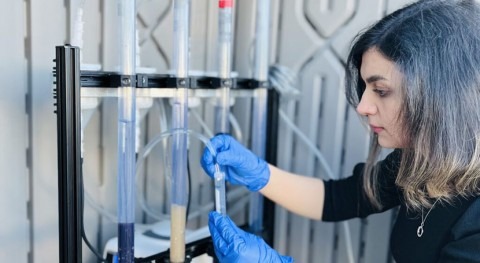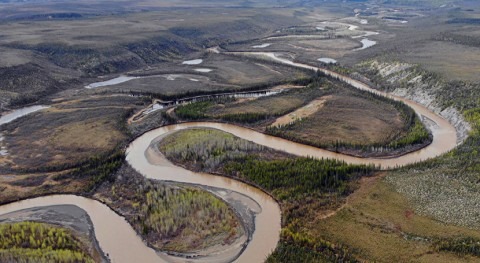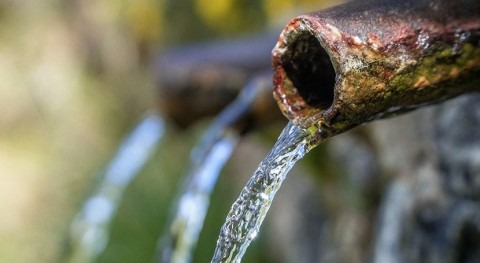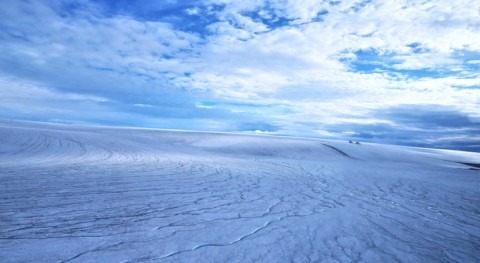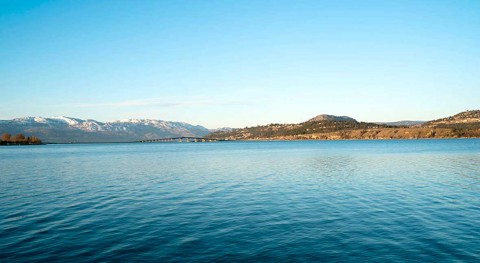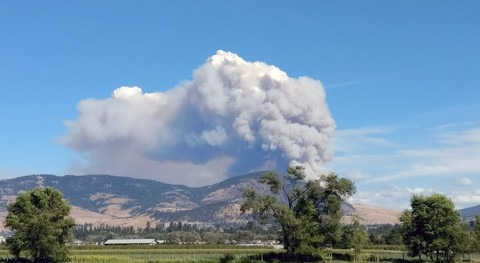A chemical used in the production of toilet paper and ‘forever chemicals’ have been found in the bodies of orcas in B.C., including the endangered southern resident killer whales.
The Institute for the Ocean and Fisheries (IOF) at UBC, British Columbia Ministry of Agriculture and Food, and Fisheries and Oceans Canada scientists analyzed tissue samples from six southern resident killer whales and six Bigg’s whales stranded along the coast of B.C. from 2006 to 2018, according to a recent study. They discovered that chemical pollutants are prevalent in killer whales, with a chemical often found in toilet paper one of the most prevalent in the samples studied, accounting for 46 per cent of the total pollutants identified.
Called 4-nonylphenol or 4NP, the compound is listed as a toxic substance in Canada and can interact with the nervous system and influence cognitive function, the authors say. “This research is a wake-up call. Southern residents are an endangered population and it could be that contaminants are contributing to their population decline. We can’t wait to protect this species,” said co-author Dr. Juan José Alava, principal investigator of the ocean pollution research unit at IOF.
4NP is often used in pulp and paper processing, as well as in soap, detergents and textile processing. It can leak into the ocean via sewage treatment plants and industrial runoffs, where it is ingested by smaller organisms and moves up the food chain to reach top predators such as killer whales. It’s known as a ‘contaminant of emerging concern’ or CEC, which are pollutants found in the environment that are not well-studied and so, regulated. “Very little is known of both the prevalence and health implications of 4NP as it has been studied in few marine mammals. This study is the first to find 4NP in killer whales,” said first author Kiah Lee, who undertook the research as an undergraduate at UBC.
“This investigation is another example of an approach that takes into account the health of people, animals and the environment, using killer whales as a case study to better understand the potential impacts of these and other compounds to animal and ecosystem health,” said co-author Dr. Stephen Raverty, IOF adjunct professor and veterinary pathologist with the B.C. Ministry of Agriculture and Food.
‘Forever chemicals’
Just over half the pollutants identified by the researchers belong to a group of compounds known as ‘forever chemicals’ because they last for a long time in the environment. They are widely used in food-packaging materials, stain and water-repellent fabrics, cookware, and fire extinguishers. Many are listed as new Persistent Organic Pollutants (POPs). These are toxic substances released into the environment through human activities that adversely affect the health of humans and animals. Many are banned in Canada.
The most common pollutant of this group the researchers found was 7:3-fluorotelomer carboxylic acid, or 7:3 FTCA. There are currently no restrictions on the production and use of 7:3 FTCA but one of its potential parent chemicals is on a list of toxic substances proposed to be recognized as new POPs by the European Chemical Agency under an international agreement, the Stockholm Convention on POPs.
“This compound has not been found in B.C. before and it was found in killer whales, which are top predators. That means the contaminants are making their way through the food system,” says Dr. Alava.
Mother-to-fetus transfer
The researchers were also the first to look at the transfer of pollutants from mother to fetus in one southern resident pair. They found that all the pollutants identified were transferred in the womb, and 95 per cent of 4NP transferred from mother to fetus.
Governments can help protect the southern residents and other marine life by halting production of the chemicals of concern, including 4NP and emerging POPs like 7:3 FTCA, as well as identifying and addressing potential sources of marine pollution in B.C. and Canada.
It’s not just the killer whales that are affected, said Dr. Alava. “We are mammals, we eat Pacific salmon as well, so we need to think about how this could affect our health as well as other seafood that we consume.”







